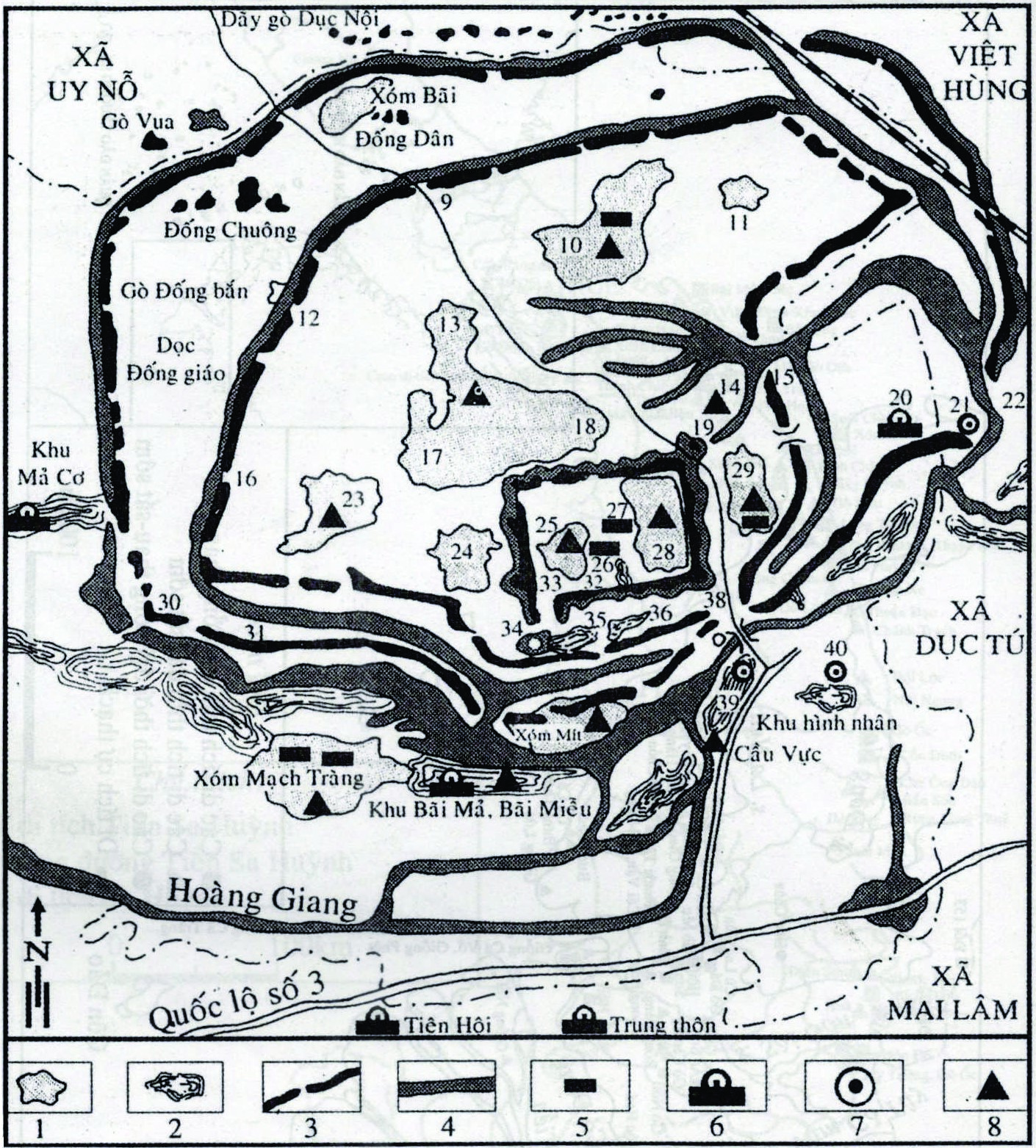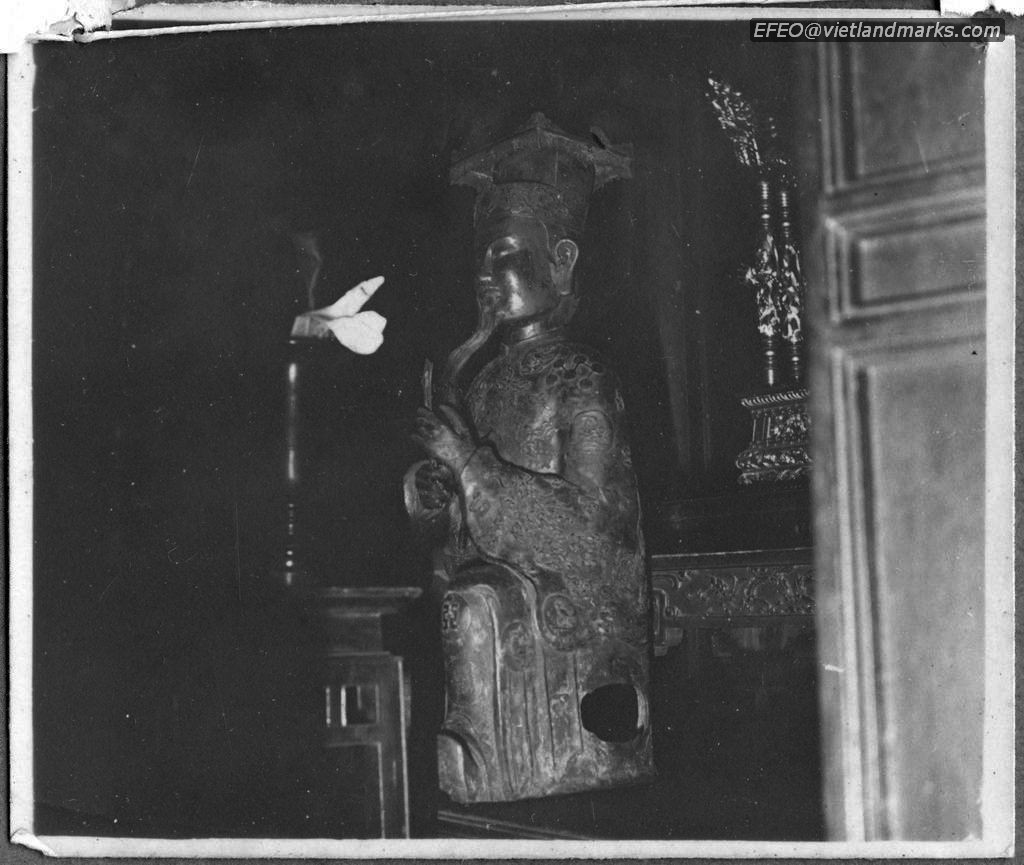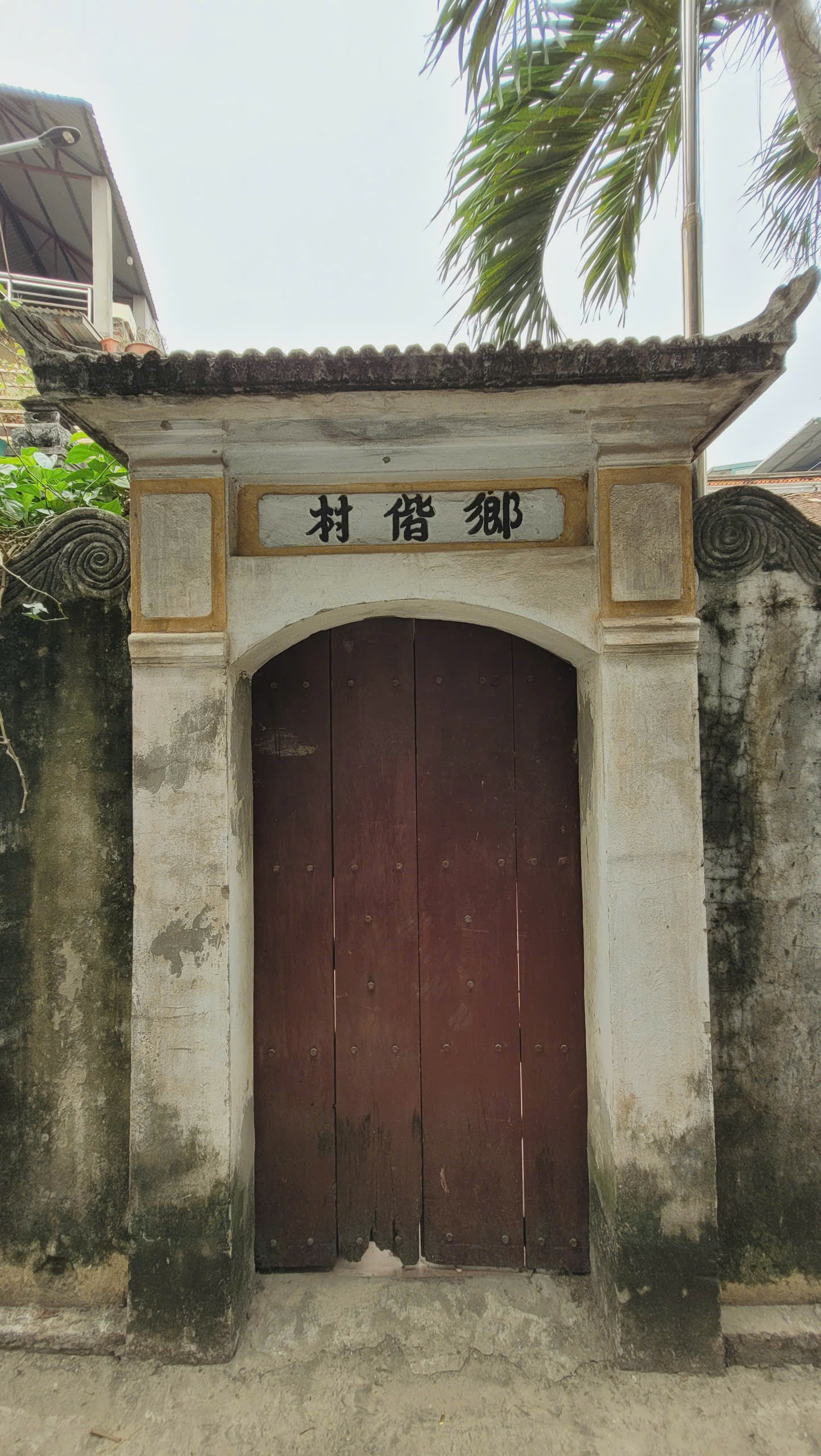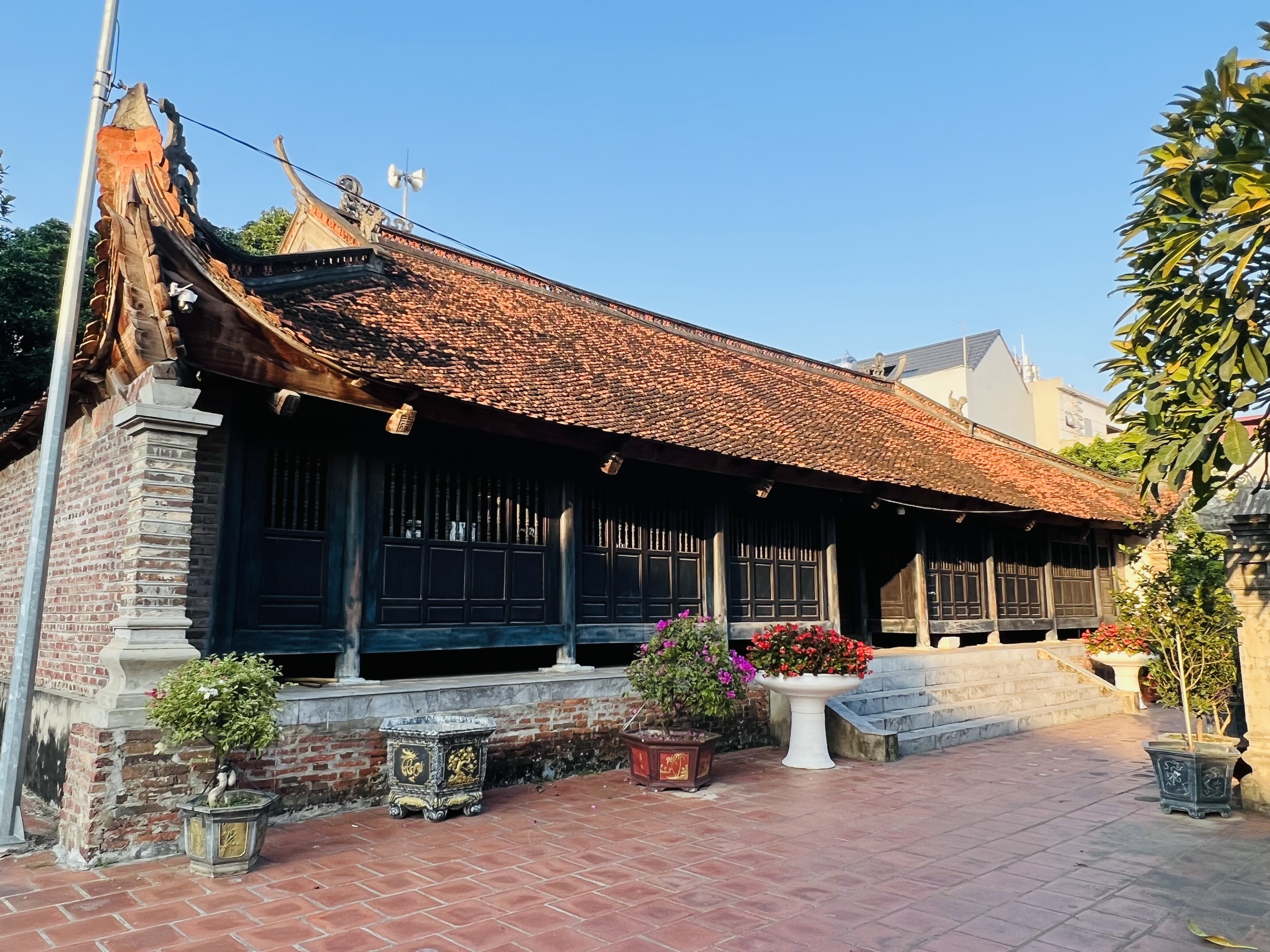
After the victory on Bạch Đằng coastal estuary, the Chinese domination for over 1000 years ended, the feudal period of the national independence and autonomy started, in the spring of the Kỷ Hợi year (939), Ngô Quyền resigned the post of jiedushi, proclaimed King, located the Imperial City at Cổ Loa, appointed Dương Thị as a queen, established the court apparatus with hundreds of civil and military mandarins, instituted the court etiquettes, creating the pivotal steps for Vietnamese society in the tenth century.
In the period of 6 years on the throne in Cổ Loa Imperial City (939 - 944), Ngô Quyền ordered to reconstruct and raise the old citadel foundation from An Dương King’s period, restored the political national center in the early independence and renaissance. For over 1000 historical years, though the tangible remains from material traces of Ngô Quyền period on Cổ Loa land and the written history as well as in folklore memories are not rich, because of his cause of the national defense and construction, Ngô Quyền has been honored as "king of the kings", “Ancestor of the national Renaissance”, and the hero of national liberation.

Outline of physical remains from Ngô Quyền period at Cổ Loa
 NGÔ QUYỀN’S BANYAN TREE: Legend has it that after Ngô Quyền ascended the throne, he planted a banyan tree in front of Mỵ Châu’s temple. The residents of "Kẻ Dộc" (Dục Tú commune now) believe that the banyan tree was planted by them in front of Bà Chúa temple when the Queen gave birth to a Prince at Cổ Loa, to mark the Prince's birthday.
NGÔ QUYỀN’S BANYAN TREE: Legend has it that after Ngô Quyền ascended the throne, he planted a banyan tree in front of Mỵ Châu’s temple. The residents of "Kẻ Dộc" (Dục Tú commune now) believe that the banyan tree was planted by them in front of Bà Chúa temple when the Queen gave birth to a Prince at Cổ Loa, to mark the Prince's birthday.
 NGÔ QUYỀN’S WELL: Legend has it that Ngô Quyền ordered to dig a well in front of the southern gate of the Innermost rampart (now is located at Xóm Chùa), it was an earthen well previously, later the Cổ Loa villagers reconstructed it with bricks and stone for collecting water.
NGÔ QUYỀN’S WELL: Legend has it that Ngô Quyền ordered to dig a well in front of the southern gate of the Innermost rampart (now is located at Xóm Chùa), it was an earthen well previously, later the Cổ Loa villagers reconstructed it with bricks and stone for collecting water.
 Ngô Quyền trong thời gian 6 năm ở ngôi và đóng đô tại Cổ Loa (939 - 944) đã cho tu sửa, bồi đắp thêm trên nền thành cũ của An Dương Vương, khôi phục lại vị trí trung tâm chính trị của đất nước trong buổi đầu phục hưng độc lập.
Ngô Quyền trong thời gian 6 năm ở ngôi và đóng đô tại Cổ Loa (939 - 944) đã cho tu sửa, bồi đắp thêm trên nền thành cũ của An Dương Vương, khôi phục lại vị trí trung tâm chính trị của đất nước trong buổi đầu phục hưng độc lập.
 Thượng Temple (where the epitaph and parallel sentences about Ngô Quyền period at Cổ Loa have been kept)
Thượng Temple (where the epitaph and parallel sentences about Ngô Quyền period at Cổ Loa have been kept)
 Ngự Triều Di Quy communal house: communal house is situated in a place used by An Dương Vương and Ngô Quyền for his audiences
Ngự Triều Di Quy communal house: communal house is situated in a place used by An Dương Vương and Ngô Quyền for his audiences
 Mả Tre site (The archaeological research has proved that it is an important settlement site in Ngô Quyền period (10th century)).
Mả Tre site (The archaeological research has proved that it is an important settlement site in Ngô Quyền period (10th century)).
MANAGEMENT DEPARTMENT OF COLOA VESTIGE SITE








